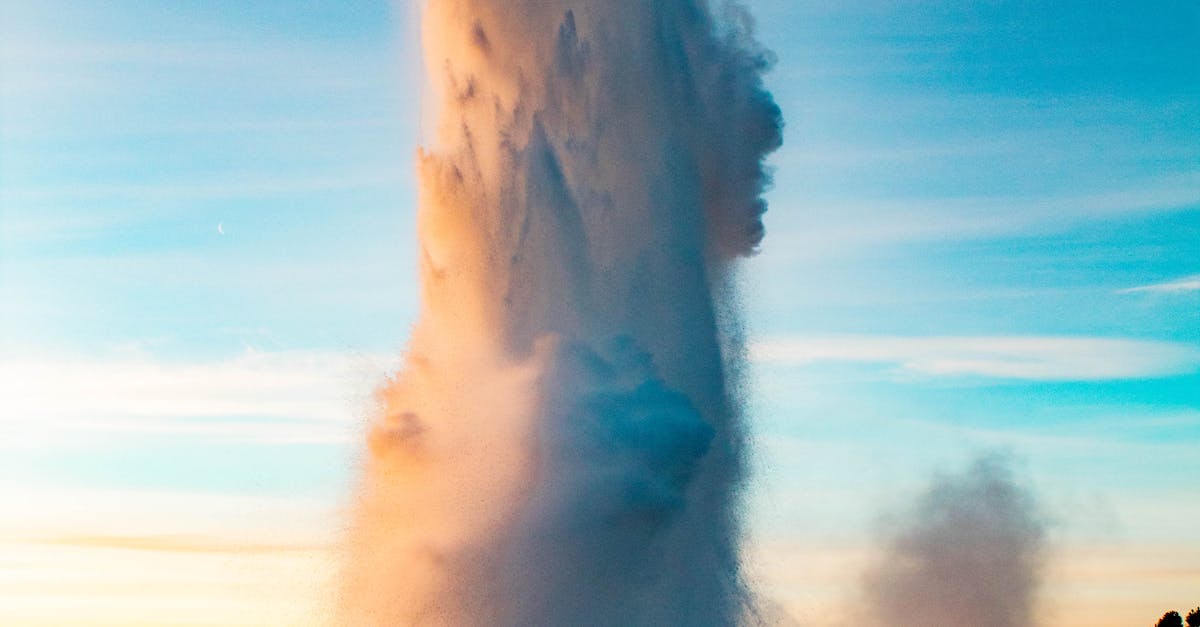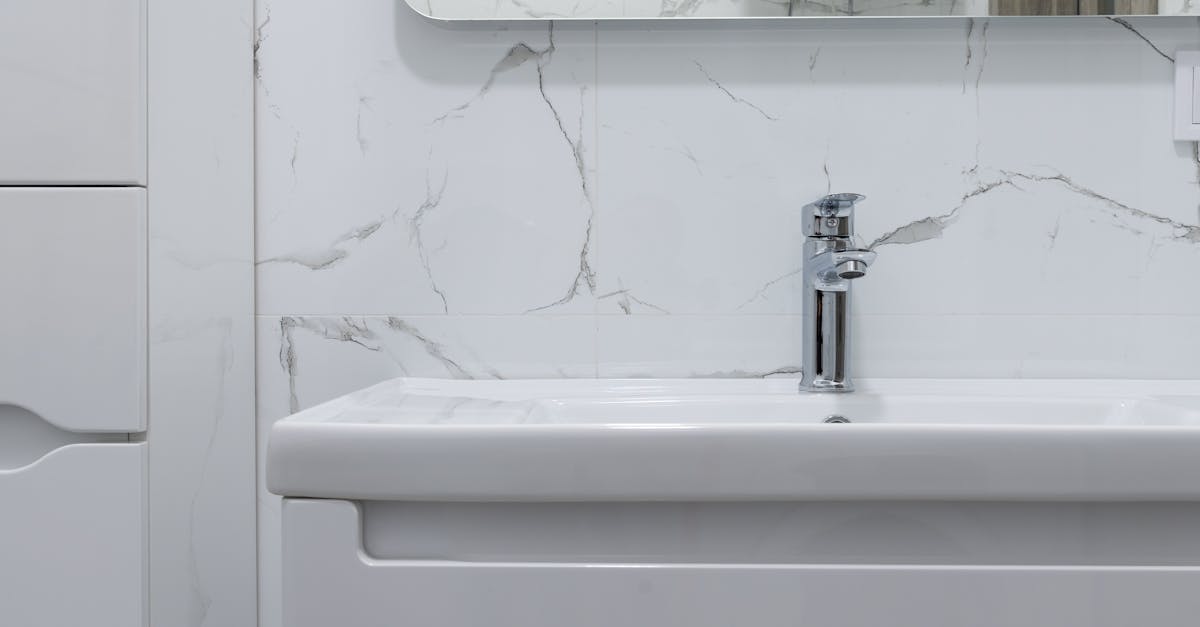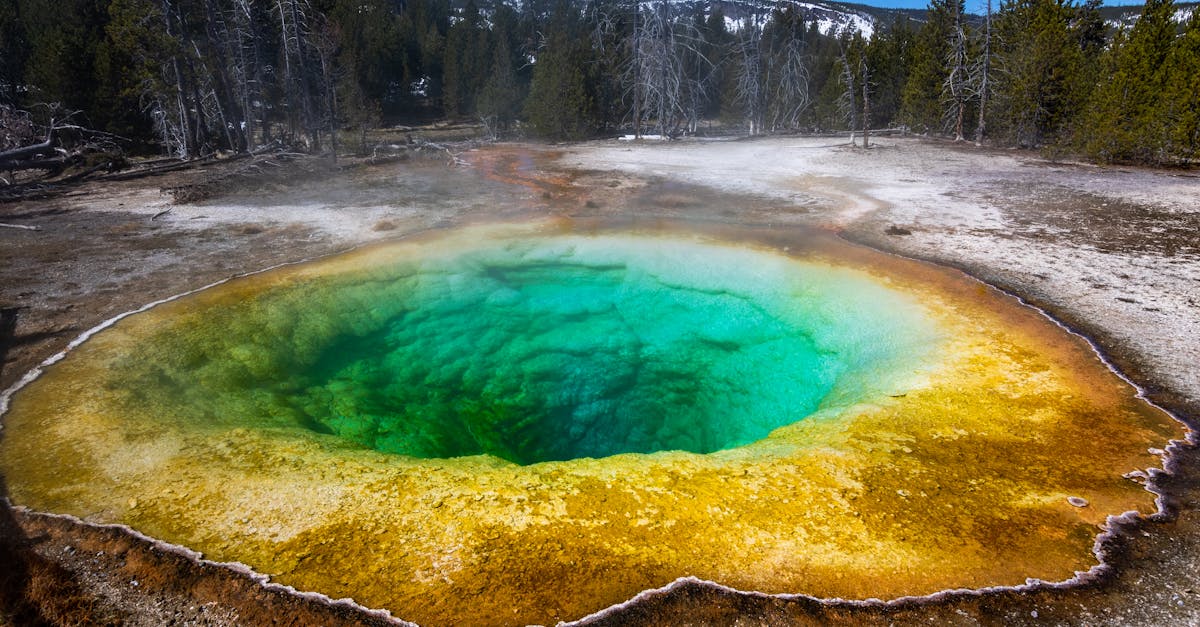
Table Of Contents
Insulating the Pipes
Insulating the pipes is a crucial step in the Hot Water System Troubleshooting process. By insulating the pipes properly, you can reduce heat loss as hot water travels from the water heater to your tap. This insulation helps maintain the water temperature in the pipes, ensuring that when you turn on the faucet, you receive hot water promptly.
Poorly insulated pipes can lead to heat loss, causing the water to cool down before it reaches its destination. This can result in longer wait times for hot water and increased energy consumption as the water heater works harder to reheat the water. By insulating the pipes, you can improve the efficiency of your hot water system and ensure a more consistent supply of hot water throughout your home.
Preventing Heat Loss
Preventing heat loss in your hot water system is crucial to ensuring efficient performance and maximising the availability of hot water when needed. One effective way to achieve this is by insulating the pipes connected to the water heater. By adding insulation to the pipes, you can reduce heat loss as the hot water travels from the heater to the taps, thus ensuring that the water retains its desired temperature for longer periods.
Another method to prevent heat loss in your hot water system is by regularly checking the insulation of the water heater itself. If the water heater is not properly insulated, heat loss can occur, requiring the system to work harder to maintain the desired water temperature. By ensuring that the water heater is adequately insulated, you can improve the overall efficiency of your hot water system and avoid unnecessary energy costs. Hot water system troubleshooting can often be resolved by addressing heat loss issues through proper insulation.
Examining the Dip Tube
Examining the Dip Tube
When troubleshooting a malfunctioning hot water system, inspecting the dip tube is a crucial step in the process. The dip tube is responsible for sending cold water to the bottom of the tank, ensuring it is heated before reaching the desired faucet. An inefficient dip tube can lead to lukewarm or cold water issues, making it essential to assess its condition.
To examine the dip tube, start by turning off the water supply and draining the tank completely. Once empty, carefully remove the dip tube and check for any signs of damage or wear. A damaged dip tube can disrupt the flow of water, affecting the water heating process. If any issues are detected, replacing the dip tube may be necessary to restore the efficiency of the hot water system.
Replacing a Damaged Dip Tube
To ensure the efficient functioning of your hot water system, it is crucial to examine the dip tube if you are experiencing issues with cold water. If the dip tube is damaged, it can disrupt the distribution of hot water in your tank, resulting in lukewarm or cold water flowing through your taps. To replace a damaged dip tube, follow these steps. First, shut off the power supply to the hot water system by turning off the appropriate switch in your circuit breaker. This is an essential safety measure to prevent any accidents during the repair process. Next, locate the cold water inlet and the hot water outlet on your water heater. The dip tube is connected to the cold water inlet and can be accessed by removing the pipe connected to it. Use a wrench to carefully detach the pipe, allowing you to remove the damaged dip tube and replace it with a new one.
Once you have successfully replaced the damaged dip tube with a new one, reattach the pipe to the cold water inlet securely. Turn the power supply back on and allow the water heater to heat up. Check the water temperature at your taps to ensure that hot water is now flowing efficiently. Replacing a damaged dip tube can significantly improve the performance of your hot water system, ensuring that you have a consistent supply of hot water for your daily needs. If you continue to experience issues with your hot water system after replacing the dip tube, further inspection and troubleshooting may be required to identify any other underlying problems.
Assessing the Gas Valve
Assessing the Gas Valve
When troubleshooting a malfunctioning water heater, the gas valve is a critical component to inspect. A faulty gas valve can result in the water heater not producing hot water as desired. To assess the gas valve, start by locating it on the unit. Typically, the gas valve can be found near the bottom of the water heater.
Next, check the position of the gas valve. Ensure that it is set to the correct setting for the water heater to function optimally. If the gas valve appears to be in the correct position, but hot water is still not being produced, it may be necessary to call a professional for further inspection. Hot Water System Troubleshooting requires thorough examination of all components, including the gas valve, to pinpoint the underlying cause of the issue.
Ensuring Proper Function
Ensuring Proper Function
To guarantee the efficient operation of your hot water system, it is imperative to regularly assess the gas valve. If you are encountering issues with the water heater not producing hot water, the gas valve could be a culprit. Start by inspecting the gas valve to ensure it is set to the correct temperature. This fundamental yet crucial step can often rectify the problem swiftly. If the gas valve appears to be functioning correctly, proceed to check that the pilot light is lit. A simple check of the pilot light can reveal whether the gas supply is uninterrupted and in good working order.
Hot Water System Troubleshooting can be a simple task when focusing on the functionality of the gas valve. In addition to checking the temperature setting and pilot light, consider examining the gas valve for any signs of wear or damage. Even minor issues with the gas valve can result in a lack of hot water supply. If you notice any irregularities such as corrosion or leaks, it may be necessary to seek professional assistance for repairs or replacement. By ensuring the gas valve is operating optimally, you can restore your water heater to its full capacity and enjoy a consistent supply of hot water throughout your home.
FAQS
What could be the reason for my water heater not producing hot water?
Several factors could be causing your water heater to not give hot water, such as heat loss, a faulty dip tube, or a malfunctioning gas valve.
How can I prevent heat loss in my water heater?
You can prevent heat loss by insulating the pipes connected to your water heater and ensuring that the water heater is set at the appropriate temperature.
How do I examine the dip tube in my water heater?
To examine the dip tube in your water heater, you will need to disconnect the cold water supply and remove the dip tube for inspection.
What should I do if the dip tube in my water heater is damaged?
If the dip tube in your water heater is damaged, you will need to replace it with a new one to restore the efficient flow of hot water.
How can I assess the gas valve in my water heater?
To assess the gas valve in your water heater, you should check for any signs of damage or wear and ensure that it is functioning correctly to regulate the flow of gas for heating water.





























